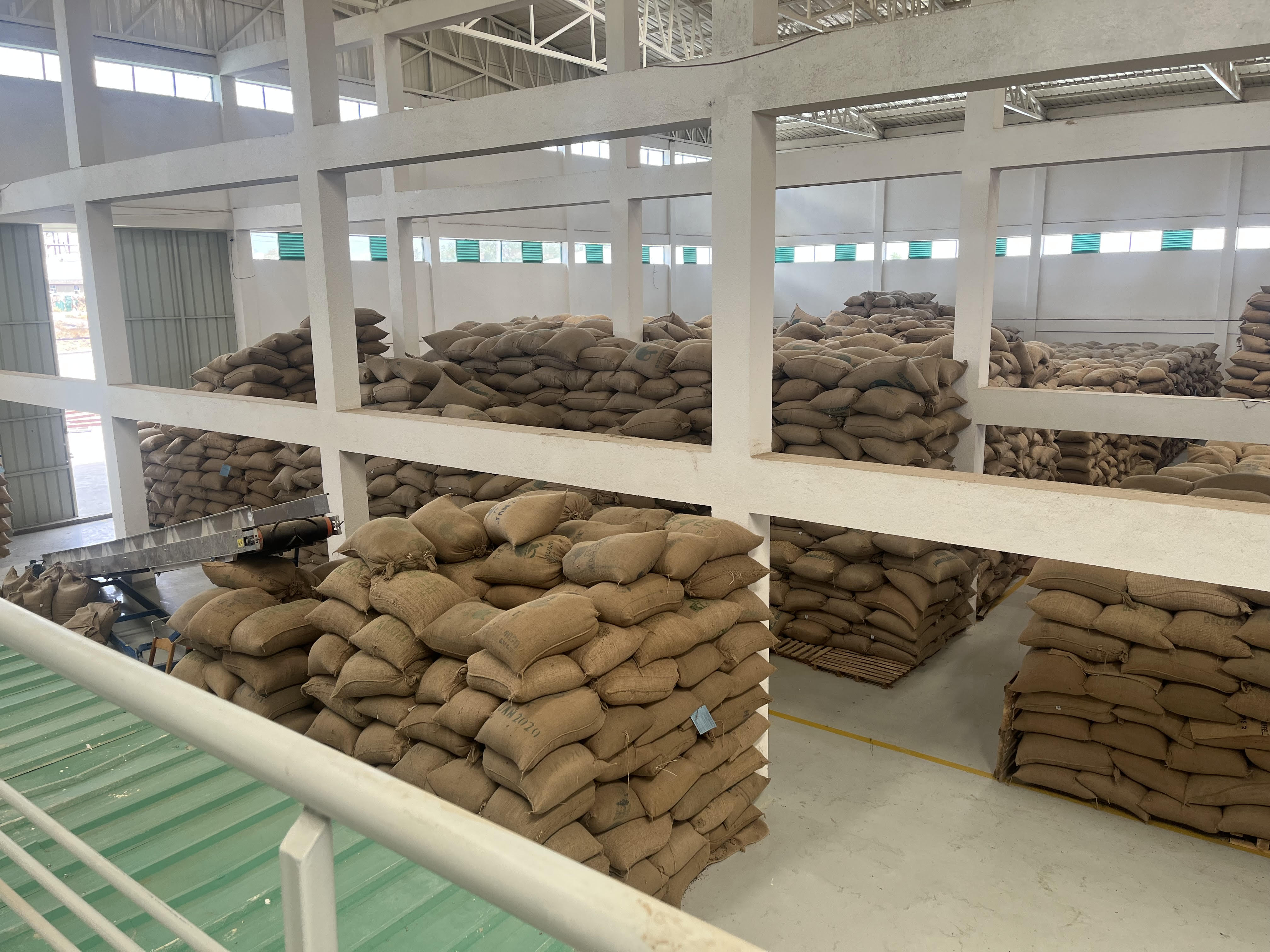During buying season, you’ll come across a variety of terms related to our sampling process—it can get confusing. Each type of sample plays a distinct role in the product cycle, and understanding where they come from is key to evaluating them properly. Here’s a quick breakdown to help you navigate the process.
Type samples
Type samples give us an early glimpse into a lot’s potential but aren’t used for final purchasing decisions. Instead, they help us gauge quality levels and flavor profiles while calibrating with exporters.
When evaluating type samples, we look for a benchmark in quality and profile—whether it's something we’re aiming for or a profile we want to avoid. We also test moisture content and water activity to assess overall stability.
.jpeg)
Offer samples/Stock-lot samples
These samples represent actual lots available for purchase and are key to finalising contracts with suppliers. We rely on them to make our selections, though the collection process varies by origin. In Ethiopia, for example, our team personally extracts samples from supplier warehouses in Addis Ababa to ensure extra quality control.
When cupping, we focus on overall flavor profile and quality. Since the coffees are still very fresh, they haven’t fully opened up yet, so we assess things like structure and sweetness rather than searching for specific flavor notes.
We also re-test moisture content and water activity to confirm stability and quality.
In most origins, these are called "offer samples," but in Ethiopia, you’ll often hear them referred to as "stock-lot samples".
Pre-shipment samples
Pre-shipment samples (also known as PSS) are the final quality checkpoint before export, taken directly from the bags ready for departure. Unlike many importers, we always request these samples post-milling, ensuring they accurately represent the coffee in its final form.
At this stage, it’s important to verify that the flavor profile aligns with the coffee we contracted. Each origin presents unique challenges during PSS evaluation, so we follow specific guidelines to manage potential rejections. We expect all microlots to score 86+ points, with moisture content and water activity at optimal levels.
Maintaining quality control across multiple stages while securing volumes requires agility. If a PSS sample doesn’t meet our standards, we either replace it with a lot of equivalent quality (if time allows) or remove it from the shipment altogether. This process involves constant follow-ups and re-cupping with suppliers to ensure timely delivery.
PSS samples are also sent to customers for either approval or selection, depending on whether they are purchasing FOB or Spot from our EU warehouse. This final cupping stage guarantees that the coffee shipped meets the high standards we set from the start.
Arrival samples
These samples are taken from coffees upon arrival at our EU warehouse before being released to roasteries. Once again, we test key physical attributes such as moisture content, water activity, and screen size.
To ensure quality consistency over time, we also re-cup select lots a few months after arrival, monitoring how the coffees are holding up and preserving their intended profile.

.jpg)


